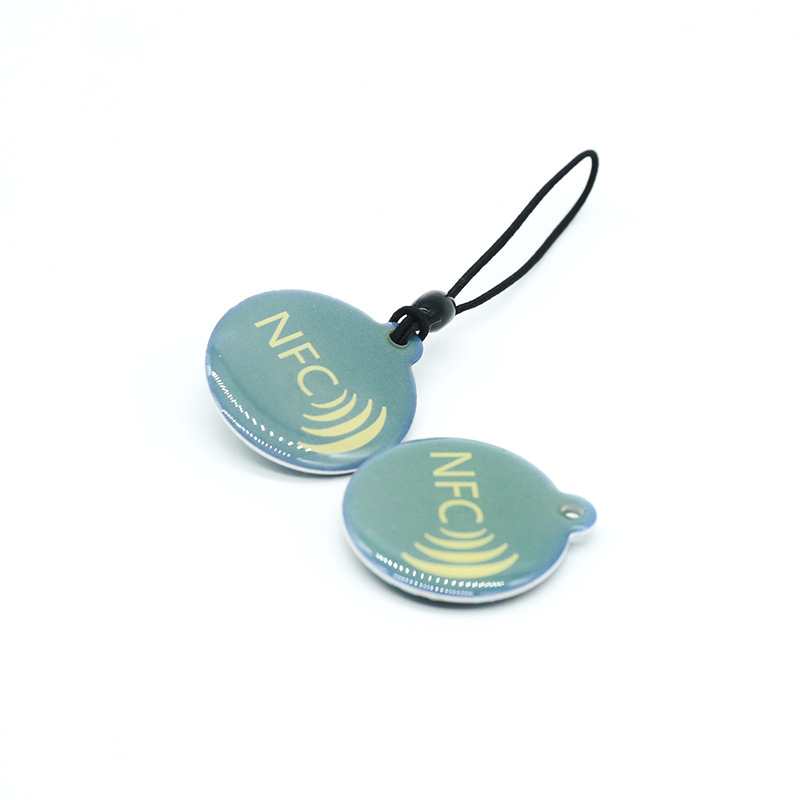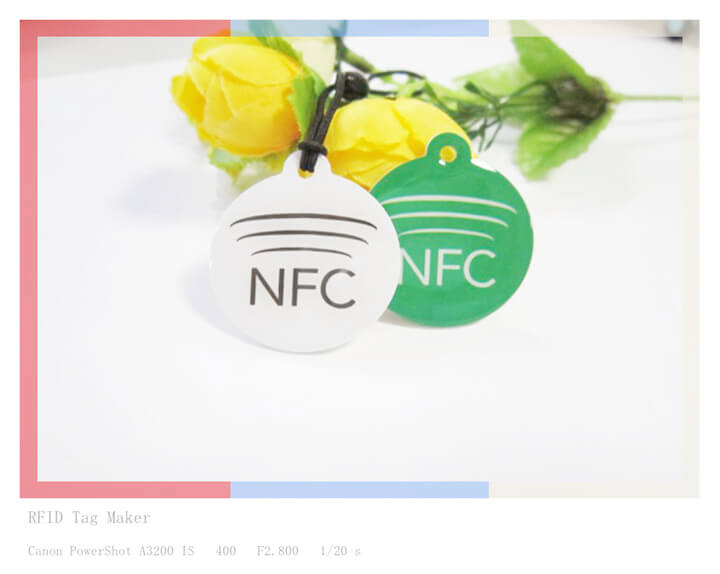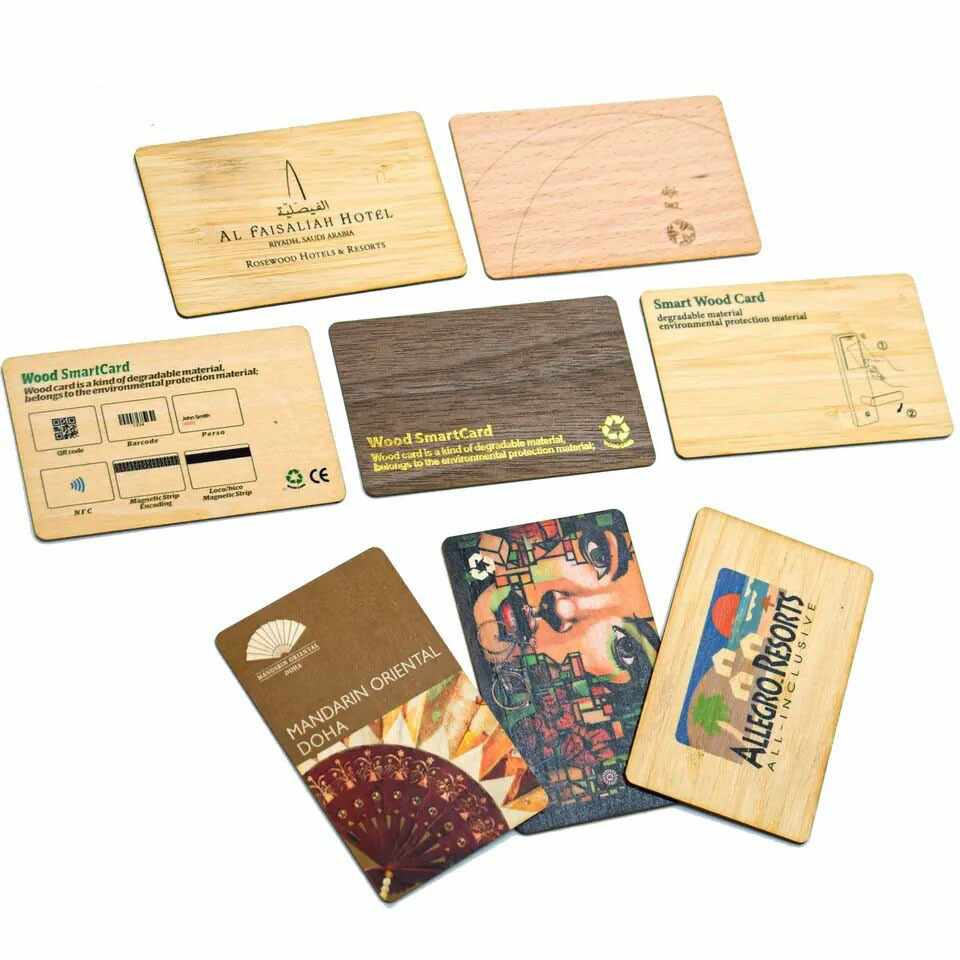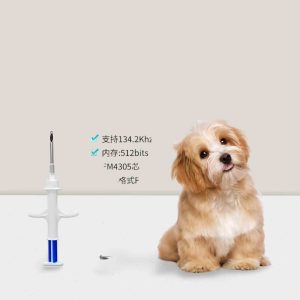Have you ever experienced losing your valuable items? Do you want a way to manage your fixed assets quickly, accurately, and conveniently? If so, you might want to learn about RFID asset tags.
RFID asset tags are tags that use radio frequency identification (RFID) technology to track and manage your physical assets (such as computers, equipment, tools, furniture, etc.). You can capture important information about the asset, such as the status or location, simply by scanning the tag, without requiring direct line of sight.
In this article, we will discuss the following aspects:
- The importance of RFID asset tags
- The main components of an RFID asset tag
- The questions to help you choose the best RFID asset tag
For a refresher, be sure to look at the 3 Components of a Mobile RFID Asset Tracking Solution for a brief overview before we take a deep dive into RFID asset tags.
The Importance of RFID Asset Tags
There are a few important factors that you will look at when choosing the proper RFID tag for your project.
Durability
Read Range
Durability
When choosing an asset tag, you want a tag that will survive for the life of an asset. Tagging assets is the most time consuming and expensive part of an asset tracking solution because of the labor commitment it takes to apply the tags to the assets. Because you are investing all of the time and labor to apply tags, your #1 objective is for the tags to survive, not fall off, and be able to read through all conditions. Reapplying tags is frustrating and expensive.
When choosing your tag, you need to factor in:
What will the tags be exposed to? Abrasion? Chemicals? Weather elements? Heat or Cold?
What materials and adhesive are used in the construction?
Read Range
The read range of a UHF RFID tag gives you the distance you can achieve between reader and tag to capture the data. Passive UHF RFID asset tags do not have a battery, instead, they are powered by the reader. When the reader is within range of the tag, it will power the tag to transmit the data back to the reader.
A few factors will determine read range:
The surface the tag is applied to. A metal surface requires a special on metal RFID tag. The best RFID asset tag for on metal surfaces can be found at Metalcraft.
The size of the RFID antenna. A common rule of thumb for read range is the larger the RFID antenna, the longer your read range will be. To determine the size of the RFID tag, you first have to consider the size restrictions you have for the asset you will be tagging.
The Main 4 Components of an RFID Asset Tag
The construction of the RFID tag can be broken down into 4 main parts.
Antenna
Substrate
Adhesive
Integrated Circuit (IC)
The Integrated Circuit, also known as the IC or microchip, makes the decisions and provides memory to store data. Using a passive UHF RFID system, the power to operate
the IC is generated from the radio waves transmitted by the reader antenna.
The IC contains a unique identifier (EPC) that distinguishes each tag from another. The IC can also store additional information about the asset, such as serial number, model, manufacturer, etc.
Antenna
The antenna is the part of the tag that receives and transmits the radio frequency signals. The antenna is usually made of copper, aluminum, or silver and can have various shapes and sizes depending on the design and performance of the tag.
The antenna is connected to the IC through a small wire or a flip chip. The antenna and the IC together form the RFID inlay.
Substrate
The substrate is the material that supports the RFID inlay. The substrate can be made of paper, plastic, or other materials depending on the durability and flexibility required for the asset tag.
The substrate can also have a printed layer that shows information such as barcode, logo, text, or image. The printed layer can help with visual identification and verification of the asset.
Adhesive
The adhesive is the material that sticks the RFID tag to the asset. The adhesive can be permanent or removable depending on the application and environment.
The adhesive should be compatible with both the substrate and the surface of the asset. The adhesive should also withstand the conditions that the tag will be exposed to, such as temperature, humidity, chemicals, etc.
Questions to Help You Choose the Best RFID Asset Tag
Now that you know what an RFID asset tag is and how it works, you might wonder how to choose the best one for your project. Here are some questions to help you with your decision:
What type of asset do you want to tag?
Is it metal, plastic, wood, or something else?
What size and shape of tag do you need? Do you have any space limitations or aesthetic preferences?
What environment will the tag be in?
Will it face abrasion, chemicals, weather elements, heat, cold, or moisture?
What read range do you need? How far do you want to scan the tag from?
What data do you want to store on the tag? How much memory do you need?
What budget do you have? How much are you willing to spend per tag?
By answering these questions, you can narrow down your options and find the most suitable RFID asset tag for your project.
RFID Asset Tags: A Technology that Can Boost Your Fixed Asset Management Efficiency and Accuracy
RFID asset tags are a technology that can greatly improve your fixed asset management efficiency and accuracy. By using RFID asset tags, you can capture data instantly and effortlessly without requiring direct line of sight. You can also reduce human error, recover and prevent lost assets, and save time and money.
If you want to learn more about RFID asset tags, or if you want to try our RFID asset tracking software, please visit our website www.rfidtagmaker.com or contact us. We look forward to working with you.
How RFID asset tags work ?
RFID asset tags consist of a microchip, an antenna, and a substrate. The microchip stores information about the asset, and the antenna enables communication with an RFID reader. When an RFID reader sends out a radio signal, the tag receives it and sends back the stored information.
Benefits of using RFID asset tags ?
RFID asset tags can help organizations save time and money by automating asset tracking, reducing manual labor and errors, and improving inventory management. They can also enhance security by enabling real-time monitoring of asset location and movement.
Types of RFID asset tags
There are two main types of RFID asset tags: active and passive. Active tags have a built-in power source (usually a battery) and can transmit information over long distances. Passive tags rely on the energy from the RFID reader to transmit information and have a shorter read range.
Choosing the right RFID asset tags
When selecting RFID asset tags, it’s important to consider factors such as the type of asset being tracked, the environment in which it will be used, and the required read range. Other factors to consider include cost, durability, and ease of use.RFID asset tags are a powerful tool for improving asset tracking and management. With the right selection and implementation, they can help organizations save time, reduce costs, and improve security.
Applications of RFID asset tags
RFID asset tags can be used in a wide range of industries, including manufacturing, healthcare, logistics, and retail. Some common applications include inventory tracking, asset management, supply chain management, and access control.
Potential challenges of RFID asset tags
While RFID asset tags offer many benefits, there are also some potential challenges to consider. For example, RFID readers can interfere with each other, and tags may not work properly in certain environments, such as around metal or water.
6 factors should considery when you want to buy RFID asset tags.
RFID asset tags are a powerful tool for improving asset tracking and management. It’s important to consider factors such as durability, read range, maintenance, software, and training to ensure that the tags are effectively integrated into organizational workflows and processes. Additionally, organizations should be mindful of the environmental impact of RFID asset tags and look for ways to minimize waste.
Durability: RFID asset tags are available in various levels of durability, which determines how well they can withstand harsh environments, exposure to weather elements, and rough handling. Some tags are waterproof and can survive high temperatures, chemicals, and impacts.
Read range: The read range of RFID asset tags is the maximum distance at which the tag can be detected by an RFID reader. The read range can vary depending on the type of tag, the frequency used, and the environment. It’s important to choose the appropriate read range based on the intended application.
Maintenance: RFID asset tags typically require minimal maintenance, but it’s important to ensure that they are clean and free of obstructions to ensure proper functioning. Regular testing and calibration can also help ensure optimal performance.
RFID software: To fully utilize the benefits of RFID asset tags, organizations need to have appropriate RFID software to manage and analyze the data collected by the tags. The software can help automate data collection, monitor asset movements, and provide real-time visibility into asset locations.
Training: Employees responsible for using and maintaining RFID asset tags should be properly trained to ensure they can operate the technology effectively and efficiently. This includes training on how to properly handle and install the tags, how to use the RFID reader, and how to troubleshoot any issues.
Environmental impact: While RFID asset tags offer many benefits, they also have an environmental impact. Organizations should consider the environmental impact of RFID asset tags and look for ways to reduce the use of non-recyclable materials and minimize waste.
RFID (Radio Frequency Identification) asset tags are small electronic devices that use radio waves to track and manage assets, such as equipment, inventory, and vehicles. RFID asset tags have become increasingly popular in recent years due to their ability to improve asset tracking accuracy, efficiency, and security.here are some additional things to know about RFID asset tags:
Integration with existing systems: RFID asset tags can be integrated with existing asset management and tracking systems, making it easier to incorporate the technology into existing workflows and processes.
Data analytics: RFID asset tags can provide a wealth of data that can be analyzed to improve efficiency and identify areas for optimization. For example, data on the movement of assets within a warehouse can be used to identify the most efficient storage locations.
Compliance: Depending on the industry, there may be regulations that dictate the use of certain types of RFID tags. It’s important to ensure that the chosen RFID tags are compliant with any relevant regulations.
Security: RFID asset tags can improve security by enabling real-time monitoring of asset location and movement. However, it’s important to ensure that the data transmitted by the tags is secure and not vulnerable to hacking or other security threats.
Costs: The cost of RFID asset tags can vary widely depending on factors such as the type of tag, the required read range, and the quantity purchased. It’s important to consider both the upfront and ongoing costs of implementing RFID asset tracking.
RFID vs other asset tracking technologies: While RFID is a popular choice for asset tracking, there are other technologies that can be used, such as barcode scanning or GPS tracking. Each technology has its own advantages and limitations, and the choice will depend on the specific needs of the organization.
In summary, RFID asset tags offer many benefits for organizations looking to improve asset tracking and management. However, it’s important to carefully consider factors such as integration with existing systems, compliance, security, and costs before implementing RFID asset tracking.
















